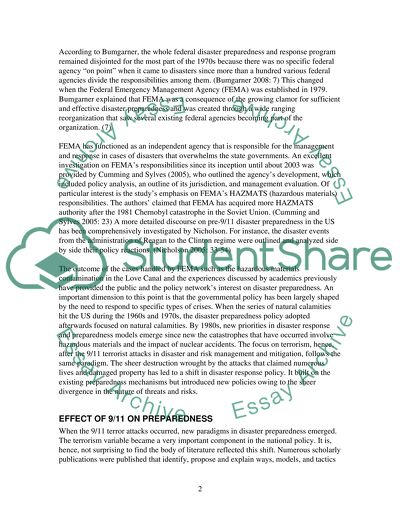Cite this document
(“Disaster preparedness Research Paper Example | Topics and Well Written Essays - 3250 words”, n.d.)
Retrieved de https://studentshare.org/engineering-and-construction/1392610-disaster-preparedness-in-america
Retrieved de https://studentshare.org/engineering-and-construction/1392610-disaster-preparedness-in-america
(Disaster Preparedness Research Paper Example | Topics and Well Written Essays - 3250 Words)
https://studentshare.org/engineering-and-construction/1392610-disaster-preparedness-in-america.
https://studentshare.org/engineering-and-construction/1392610-disaster-preparedness-in-america.
“Disaster Preparedness Research Paper Example | Topics and Well Written Essays - 3250 Words”, n.d. https://studentshare.org/engineering-and-construction/1392610-disaster-preparedness-in-america.


